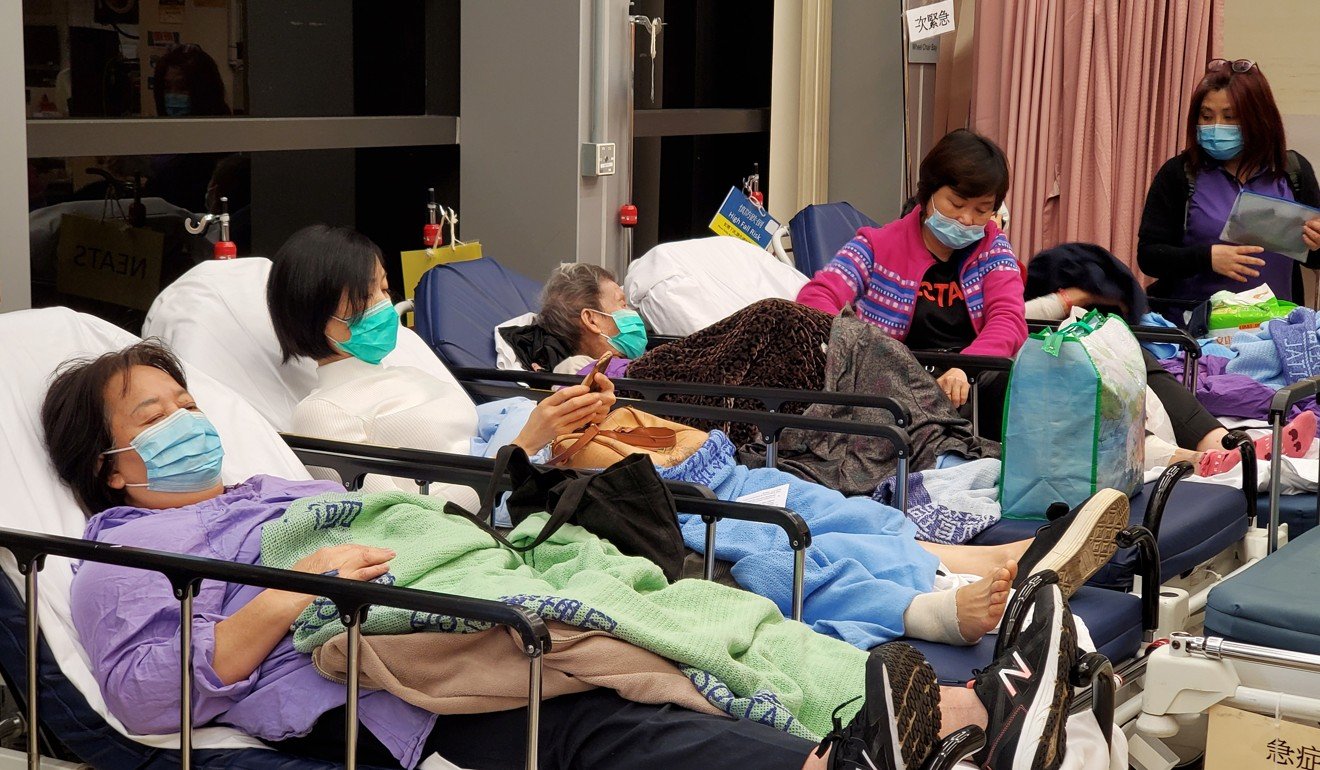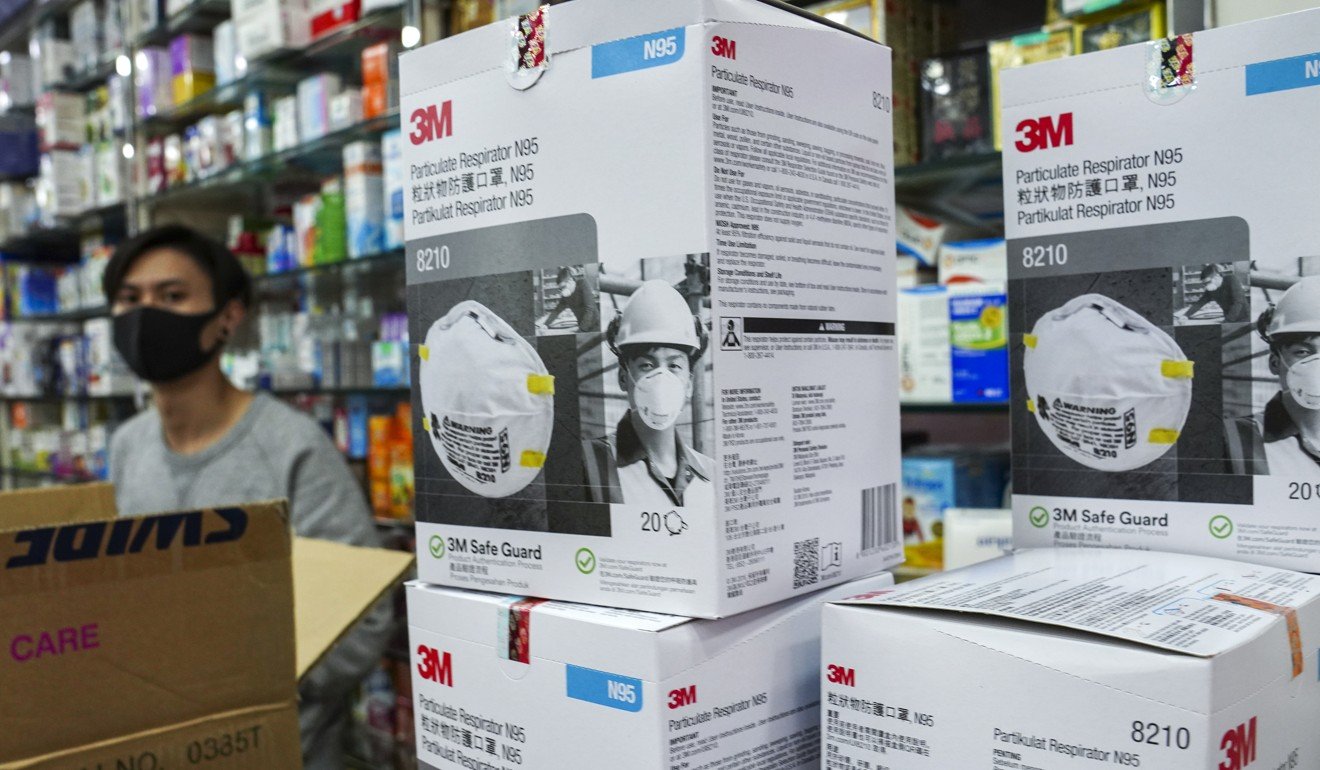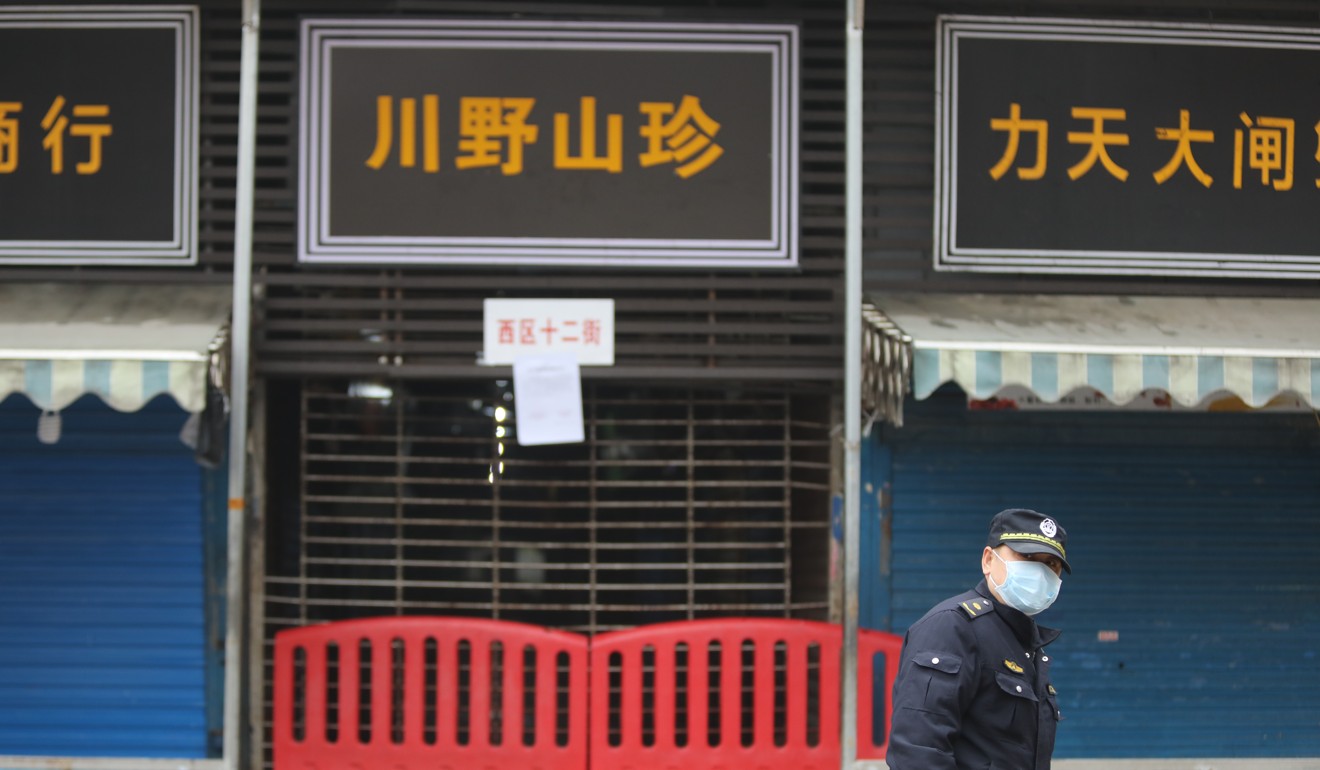
Wuhan pneumonia: new strain ‘bears close similarity to Sars’ as Hong Kong health minister assures public city is prepared
- Secretary for Food and Health Sophia Chan says Hong Kong has plenty of beds and protective gear, but appeals to retailers not to jack up prices of masks
A new strain of pneumonia that claimed its first fatality in mainland China on Saturday has been revealed as a Sars-like coronavirus, with close to 80 per cent similarity to the widespread global epidemic that broke out in 2003, according to an unofficial international analysis.
Hong Kong officials confirmed the findings meant all people tested for infection locally so far did not carry the virus.
A group of international experts from institutions including the Shanghai Public Health Clinical Centre and Centre of Public Health, Central Hospital of Wuhan, and the University of Sydney analysed the coronavirus genome from a respiratory disease case from the Wuhan outbreak and released the results on Friday.
They showed a group-2B coronavirus, with close to 80 per cent similarity to the severe acute respiratory syndrome genome. Its primary source was likely to be bats, like Sars, and it attacked humans through a cell receptor known as ACE2.

In a joint press conference with health officials, University of Hong Kong professor and microbiologist Yuen Kwok-yung said diagnosis tests of suspected cases in the city had covered the new coronavirus genome and no patients had tested positive for the disease.
He said more clinical research by mainland medical professionals was needed to determine the coronavirus’s potency, as the genome sequence could change rapidly after transmission.
Wuhan pneumonia: how search for source unfolded
Dr Wong Ka-hing, controller at the government’s Centre for Health Protection, said: “The prevention strategy of the past 10 days is in the right direction. It will continue ... medical professionals and residents should stay vigilant and we will monitor the situation.”
Reports of the mystery bug first emerged in Wuhan, Hubei province, in December, centred on a now-closed market where wild animals such as pheasants and snakes were sold, as well as rabbit organs.

Professor David Hui Shu-cheong, an expert in respiratory medicine from Chinese University who had seen the latest analysis, said the virus might have originated from bats – given the coronavirus genome’s close resemblance to that of the nocturnal mammals – and later passed on to other animals and people in the Wuhan market.
On Saturday, the Wuhan Municipal Health Commission confirmed that 41 people in the city were infected with the virus. One had died, while seven others remained in a serious condition and two had been discharged. Yuen said that, although there had only been one death, and the victim had suffered other long-standing illnesses, the eight severe cases out of 41 still meant the risk was “not small”.
No confirmed infection has been reported in Hong Kong. On Saturday, the Hospital Authority announced that in the previous 24 hours it had dealt with seven more people with suspected respiratory problems after returning from the mainland city, taking the total to 61. Of those, 46 had been discharged.
The seven new patients, two men and five women between the ages of three and 50, had never been to the Wuhan market.
Earlier on Saturday, Hong Kong’s health minister sought to reassure residents that the city was prepared to handle possible cases of the new strain.

“Hong Kong has no cases of severe pneumonia in patients who have returned from Wuhan. We are open and transparent about it, as the Hospital Authority reveals updated figures [of infection] every day,” Secretary for Food and Health Professor Sophia Chan Siu-chee said.
She pointed out that 1,400 isolation beds in public hospitals could be deployed within 72 hours to accommodate suspected patients. Some 480 such beds were already available, she said.
Chan also stressed that there were enough masks and other kinds of protective gear in the city’s public hospitals to last at least three months. She said the government had talked to pharmaceutical industry representatives, who promised more supplies of masks soon.
A spokesman for the Food and Health Bureau said Undersecretary for Food and Health Dr Chui Tak-yi, along with representatives from the Department of Health and the Hospital Authority, would head to Wuhan on Monday to learn about the cases there, as well as prevention and control measures in the mainland city. The group will return to Hong Kong on Tuesday, he added.
The revelation of the genome sequence meant the diagnostic testing time for Hong Kong patients could be lowered from the current six to eight hours, to just two to three. Hong Kong Public Doctors’ Association president Arisina Ma Chung-yee said that could relieve pressure on an already overburdened health care system dealing with the local winter peak flu season.
“It will allow us to run more targeted tests on suspected cases, massively shorten the isolation period, and let those with negative results be discharged earlier. It could greatly relieve the pressure on bed space in public hospitals.”
In Hong Kong, other previously announced government measures included infrared scans for visitors arriving from Wuhan by plane and rail, and mandatory reporting of suspected infections to the local authorities by doctors.
